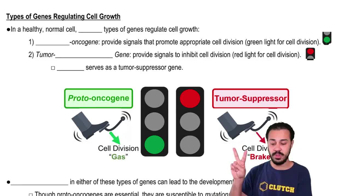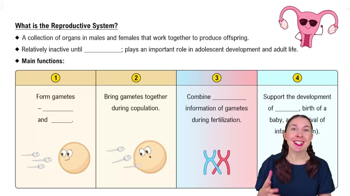Textbook Question
The primary reason that osteoporosis accelerates after menopause in women is:
(a) Reduced levels of circulating estrogens
(b) Reduced levels of vitamin C
(c) Diminished osteoclast activity
(d) Increased osteoblast activity
439
views






